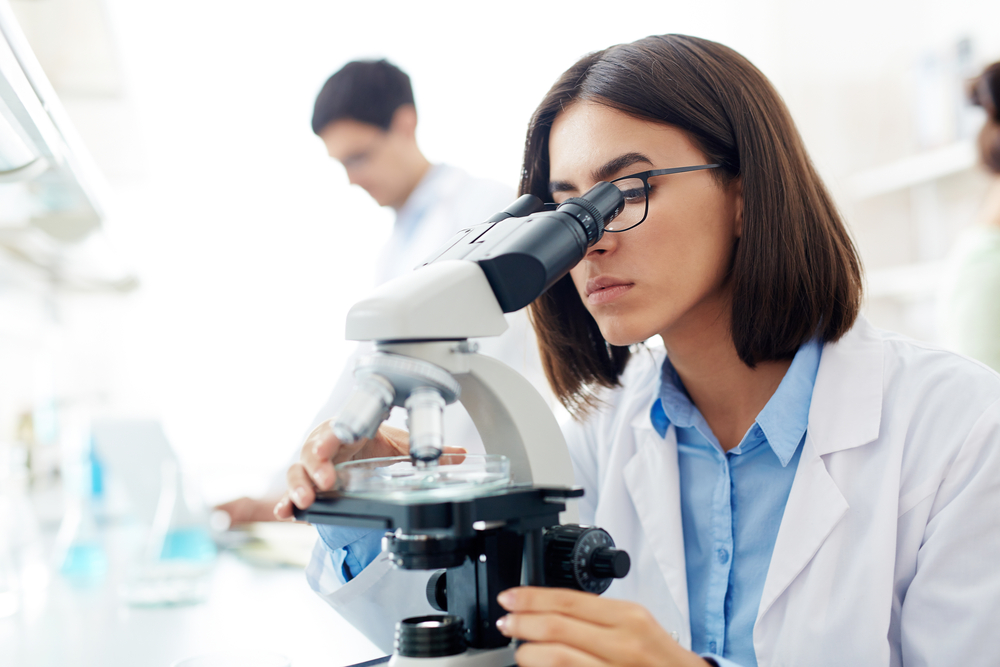Shapes of Protein Whose Mutations Are Linked to ALS May Offer Clues to Disease Progression

Researchers have mapped the possible changes in shape of a key amyotrophic lateral sclerosis (ALS) protein that becomes mutated, a development that could lead to understanding how the mutations contribute to the disease’s progression.
The knowledge could also lead to new therapeutic agents to target the mutations.
The protein, angiogenin, is present in the spinal cord and brain. When working correctly, it helps protect neurons from cell death.
Mutations of the protein are often found in ALS patients with both sporadic and inherited disease, and in Parkinson’s disease. Sporadic, or non-inherited ALS, is the form affecting most people with the condition.
The study, “Structural insights into human angiogenin variants implicated in Parkinson’s disease and Amyotrophic Lateral Sclerosis,” was published in the journal Scientific Reports.
The research team at the University of Bath in the United Kingdom has been studying the impact of angiogenin mutations for some time. In an earlier study, they tracked the shapes and behavior of 11 mutated proteins in lab-grown cells.
The angiogenin protein travels to the nucleus of cells to promote its normal functions. The earlier study demonstrated that some mutations prevented the factor from entering the nucleus.
Other mutations prevented cells from producing stress granules — a crucial defense against damage caused by low oxygen levels. Moreover, the researchers could track how the abnormalities affected the survival of motor neurons in a way that has relevance for ALS.
But understanding how a mutation impacts the three-dimensional shape of a protein is also important to understanding how it fails to perform its normal tasks. Many molecular interactions require specific shapes to function normally, just as a key needs to have a specific shape to fit a lock. Mutations that change the shape can prevent a protein from interacting with its molecular partners.
In the new work, the team identified the three-dimensional structures of 11 other mutations known to exist in ALS and Parkinson’s.
“We hope that the scientific community can use this new knowledge to help design new drugs that will bind selectively to the defective protein to protect the body from its damaging effects,” K. Ravi Acharya, a professor and structural biologist at the University of Bath, said in a press release.
Acharya was the senior researcher of the study, along with cell biologist Dr. Vasanta Subramanian.






